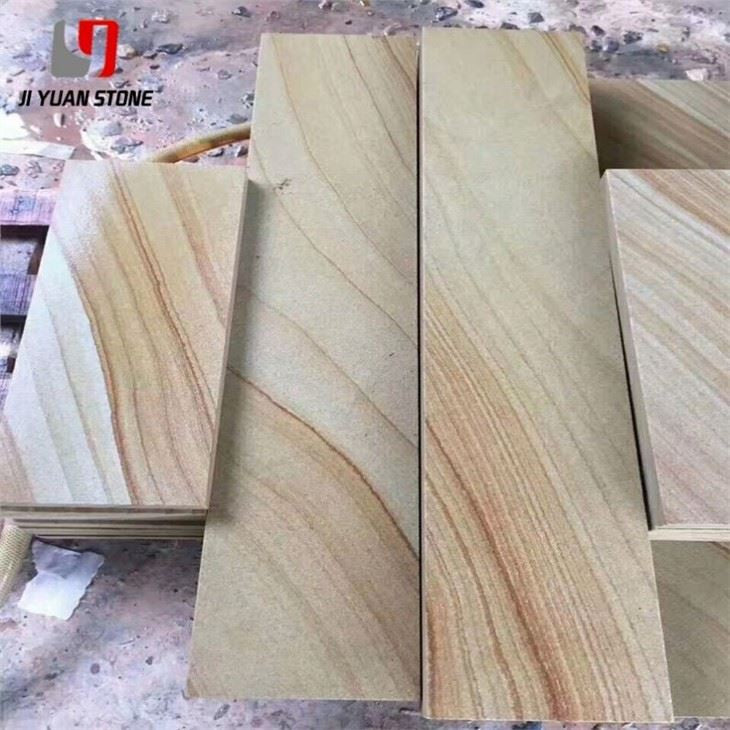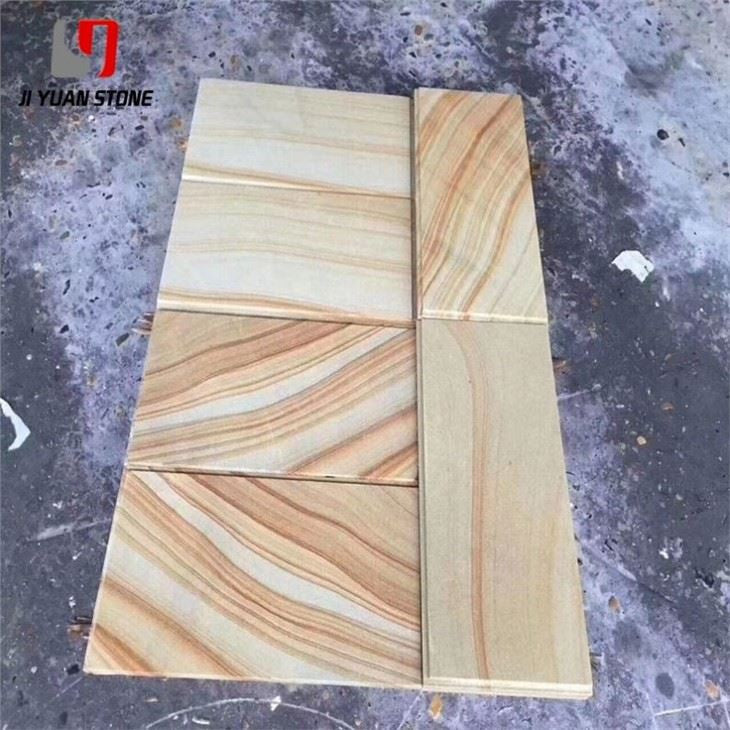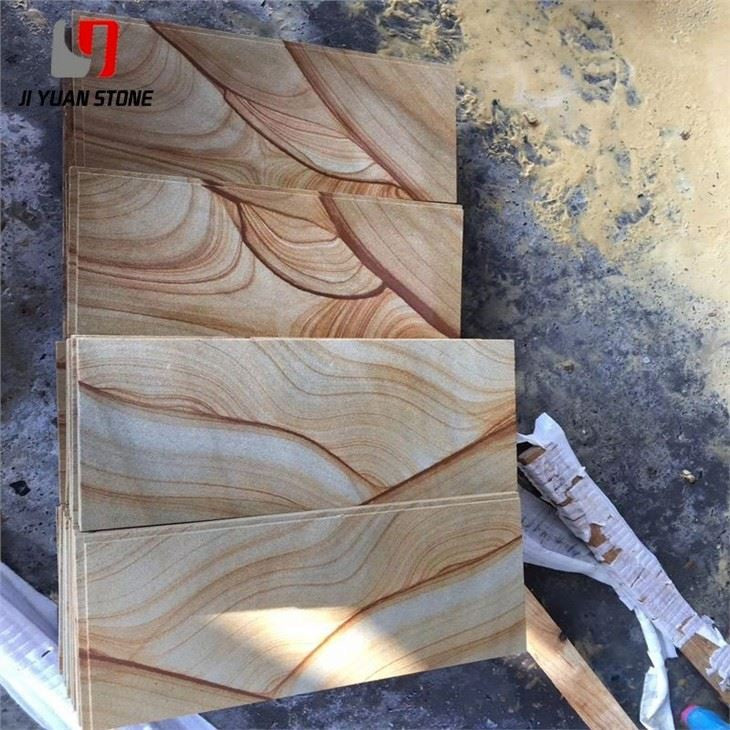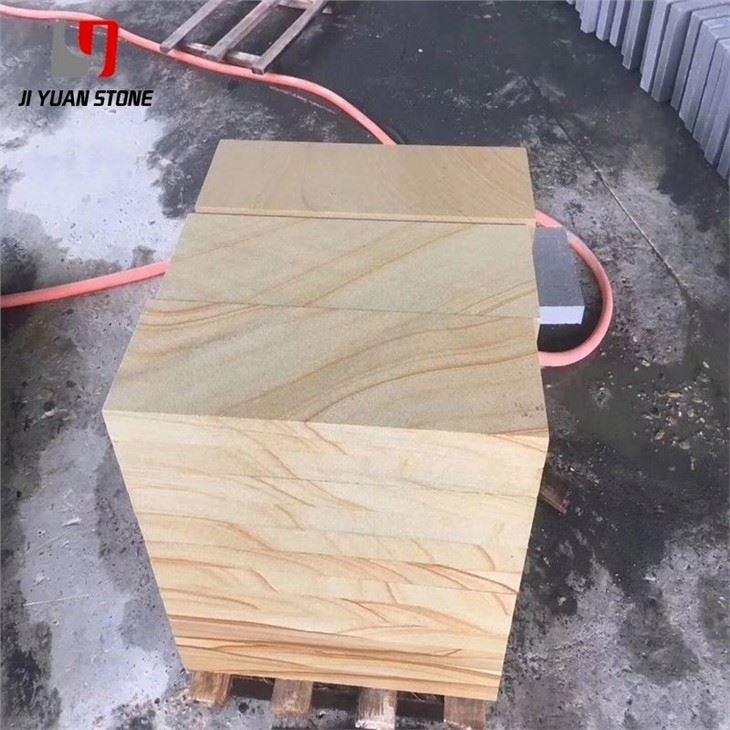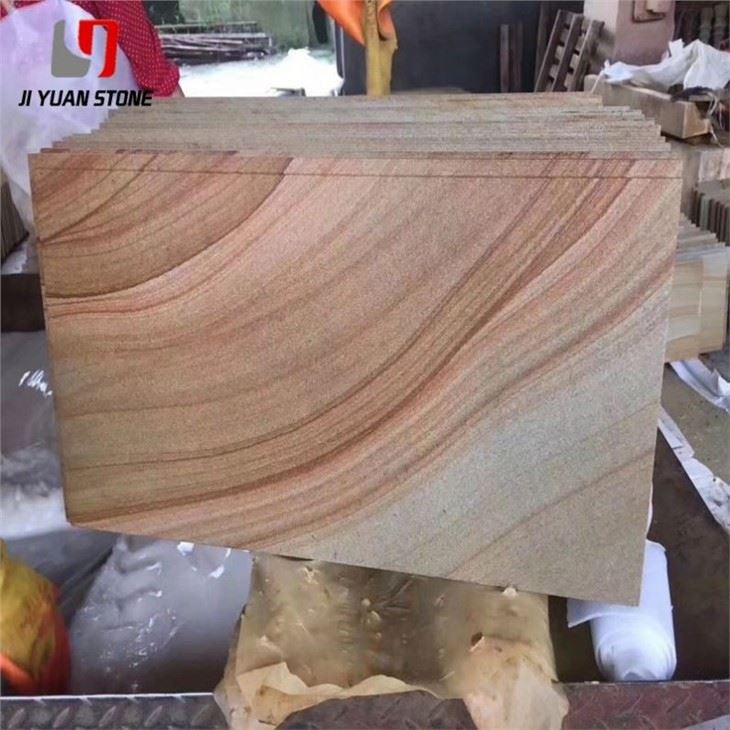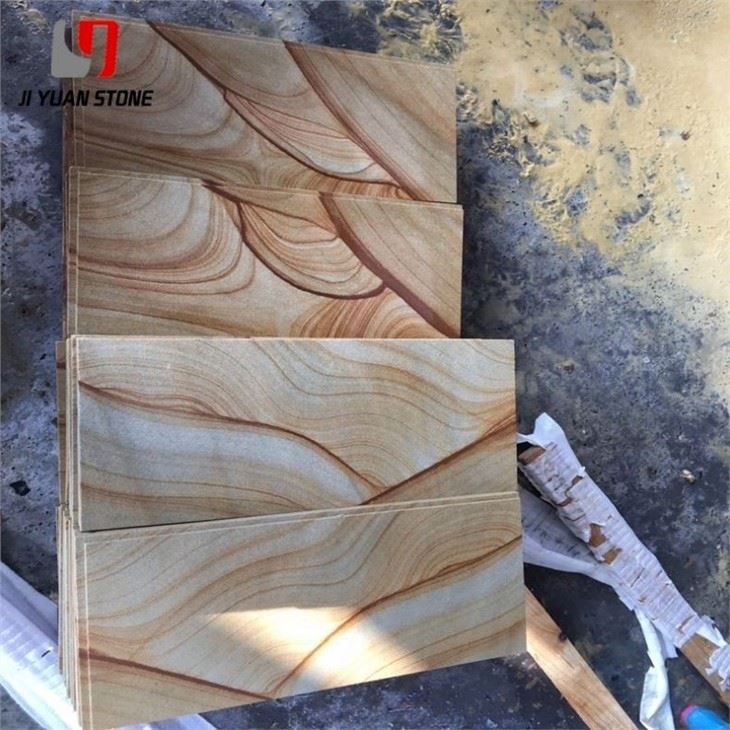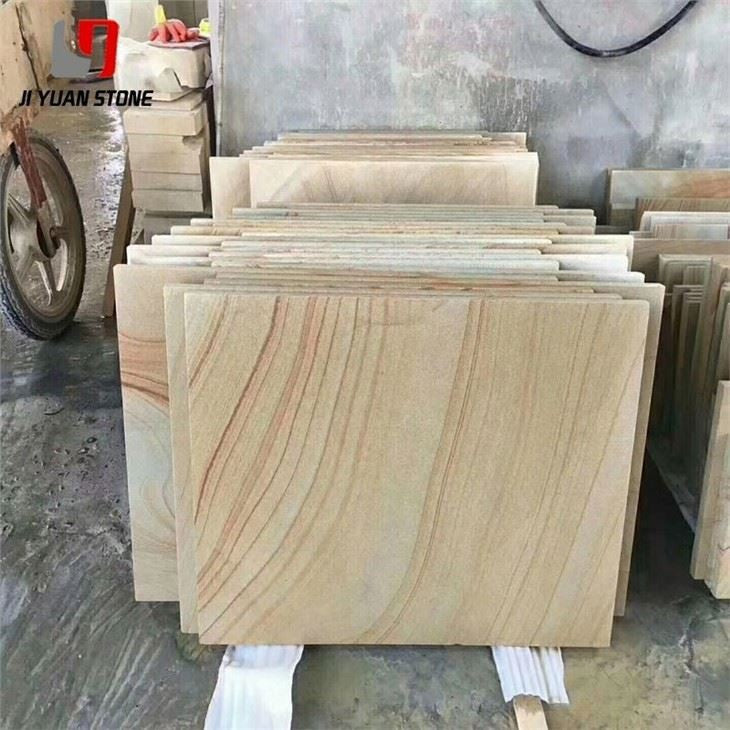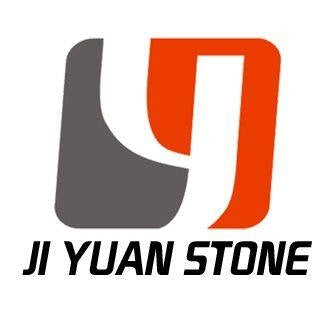Yellow Sandstone Tiles
Yellow Sandstone Tiles
Introduce an elegant and unique touch to your home with our premium quality Yellow Sandstone Tiles. Crafted from natural sandstone, these tiles add a warm and inviting atmosphere, while their durable and slip-resistant surface provides safety and long-lasting beauty. Upgrade your floors with Yellow Sandstone Tiles today.
| Feature | Details |
|---|---|
| Materia | Natural Sandstone |
| Finished Products | Floor tiles, Wall cladding, Countertops, Windowsills, Special-shaped tiles, Small slabs, Swimming pool, steps, wall panel, flooring, veneers, slabs, coping tiles, etc |
| Color | Yellow,black,white,red,purple wood,green,grey,rainbow etc |
-
who are we?
We are based in Fujian, China, start from 2018,sell to Mid East(35.00%),Western Europe(25.00%),North America(15.00%),Southeast Asia(8.00%),Eastern Europe(6.00%),South America(3.00%),Africa(3.00%),Northern Europe(3.00%),Eastern Asia(2.00%). There are total about 11-50 people in our office.
2. how can we guarantee the quality?
Always a pre-production sample before mass production;
Always final Inspection before shipment;
3. what can you buy from us?
Marble/Granite/Onyx/Limestone/Sandstone/Travertine
4. why should you buy from us, not from other suppliers?
A leading manufacturer of all kinds of natural stone products in China, with our own 3 quarries and 5 production bases in the major stone areas in China. Equipped with the most advanced machines, skillful workers, responsible Quality Inspectors, and designer
5. what services can we provide?
Accepted Delivery Terms: FOB,CFR,CIF,EXW;
Accepted Payment Currency:USD,CNY;
Accepted Payment Type: T/T,L/C,Western Union,Cash;
Language Spoken:English,Chinese,Spanish,Portuguese,Arabic,Russian,Italian
Case Study: Challenges in Using Yellow Sandstone Tiles for a Curtain Wall
A 40-meter-high stone curtain wall covering 7,000m² was constructed using Australian yellow sandstone tiles without sufficient technical evaluation. The tiles were processed in large quantities, including many long slabs.
During transportation, numerous tiles broke, and some of these damaged tiles were repaired with epoxy glue and still installed on the wall. However, post-installation, some panels continued to crack. Subsequent material testing revealed:
- Minimum bending strength: Only 2 N/mm²
- Water absorption: Comparable to red bricks when exposed to water
These properties indicate that the selected sandstone was unsuitable for curtain wall applications. However, due to various constraints, the tiles could not be replaced. To improve safety, the following remedial actions were taken:
Removal of all unstable materials:
- All installed stone slabs were taken down.
- Loose edges, slags, and fragile slabs were eliminated.
- All broken tiles bonded with epoxy glue were removed.
Enhancing durability and structural support:
- High-quality waterproof coating was applied to all six sides of the remaining slabs.
- A 1mm-thick fiberglass resin composite layer was bonded to the back of each slab.
- Aluminum frames were attached to all tiles.
- The frames were reinforced with side supports and back ribs, secured with screws.
- Long slabs were structurally supported along their length and additional aluminum pillars were added.
Ongoing monitoring:
- The condition of the sandstone tiles must be regularly inspected.
- If further cracking or damage occurs, the entire curtain wall must be dismantled and rebuilt.
These remedial measures significantly increase the cost of construction, maintenance, and potential future reconstruction. However, given the situation, they were the only viable solutions. This project serves as a lesson in the importance of proper material selection—even if it comes at a high cost.
Key Considerations for Using Yellow Sandstone Tiles in Curtain Wall Engineering
When using yellow sandstone tiles or travertine in curtain walls, safety should be the top priority. Before making a decision, the following steps must be taken:
Technical Evaluation & Feasibility Analysis
- Conduct in-depth studies on the mechanical properties of the stone.
- Verify its strength, durability, water resistance, and bending resistance.
Thoughtful Design
- Minimize panel sizes to reduce breakage risks.
- Avoid long slabs as much as possible.
- Use mechanical processing for drilling holes and grooving
Careful Handling & Installation
- Protect tiles from impacts during transportation and installation.
- Ensure precision in the panel installation process.
- Implement comprehensive measures to prevent safety hazards and avoid costly repairs later.
Importance of Expansion Joints in Stone Curtain Walls
To prevent structural issues, it is advisable to use flexible expansion joints at appropriate intervals on floors and walls. These joints help accommodate:
- Building movement due to structural shifts.
- Different expansion/contraction rates of sandstone and adjacent materials.
- Unexpected bending or deformation from environmental factors.
Without proper expansion joints, the following issues may arise:
- Cracking – Vertical and horizontal cracks may appear, even without visible construction errors.
- Tile detachment – Sandstone tiles may loosen or peel off due to structural movement.
- Fragmentation – Breakage can occur along parallel and vertical joints.
- Unpredictable deformation – Cement boards may distort without warning.
- Surface weathering – Minor defects resembling cracks and erosion may develop over time.
Engineering Perspective on Expansion Joints
Structural engineers must analyze expansion and contraction effects caused by:
- Material properties (stone, cement, steel)
- Tension and stress distribution
- Humidity and temperature fluctuations
- Building mechanics and movement
The dimensional changes due to environmental factors are estimated as follows:
- Humidity variation: Maximum expansion of 2mm per 3m (0.08 inches per 10 inches).
- Temperature change (up to 71°C/160°F): Maximum expansion of 3mm per 3m (0.12 inches per 10 inches).
- Concrete shrinkage: Up to 25mm per 30m in extreme conditions.
- Sandstone shrinkage: Up to 12mm per 30m in dry conditions.
Expansion joints help compensate for these shifts, ensuring structural integrity and longevity.
Conclusion
The failed curtain wall project highlights the critical need for proper material selection, engineering evaluation, and installation techniques when using yellow sandstone tiles. Preventive measures, including expansion joints and reinforced structural support, are essential to avoid costly repairs and safety risks.
By following scientific assessments and best construction practices, similar pitfalls can be avoided, ensuring durable and safe curtain wall installations.
Share
